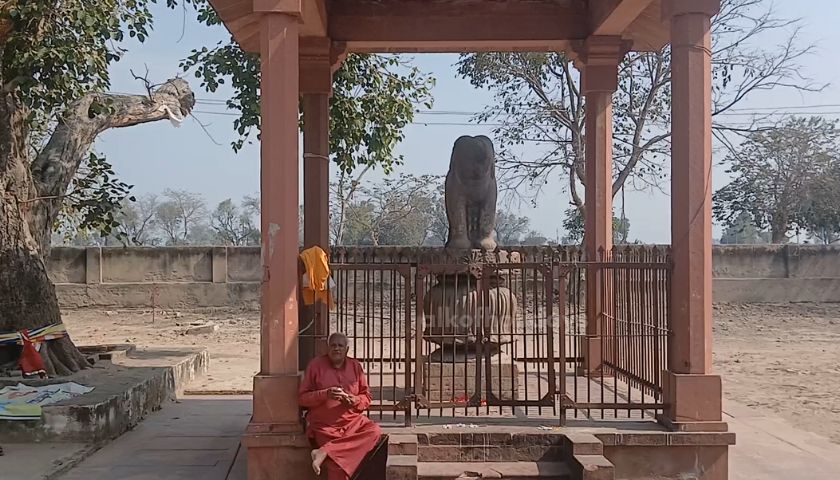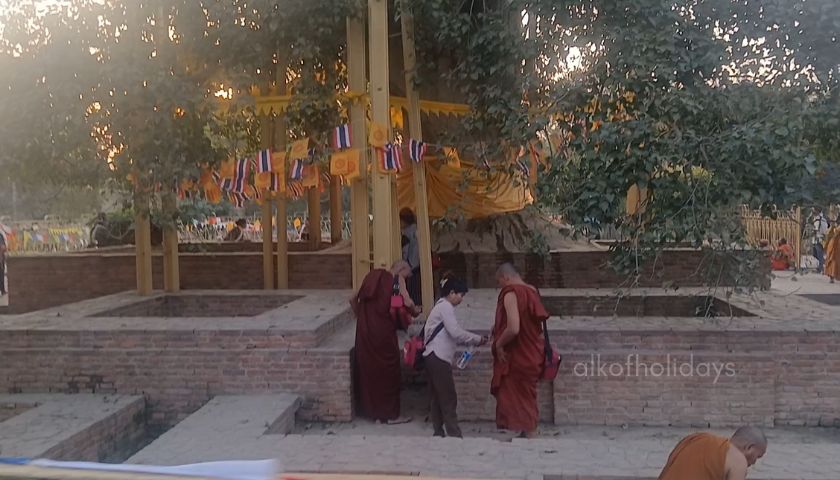The Ashoka Pillar in Sarnath stands as a timeless emblem of India's rich history, cultural heritage, and spiritual ethos. Erected by Emperor Ashoka in the 3rd century BCE, this magnificent pillar symbolizes not only the pivotal moment when Buddhism began to spread across the Indian subcontinent but also the unifying vision of one of history's greatest rulers.
Historical Context and Construction
The Ashoka Pillar at Sarnath was commissioned by Emperor Ashoka following his conversion to Buddhism after the Kalinga War. Deeply moved by the teachings of nonviolence, compassion, and dharma (righteousness), Ashoka embarked on a mission to promote these values throughout his empire. The Sarnath pillar was one of many such pillars he erected across India, each inscribed with edicts that conveyed his administrative policies and his commitment to the welfare of his subjects.
Made from a single piece of polished sandstone, the Ashoka Pillar at Sarnath once stood over 15 meters tall and bore inscriptions in the Brahmi script. At its summit was the lion capital, a stunning sculpture of four back-to-back lions, symbolizing strength, courage, and the propagation of Buddha's teachings in all directions. The capital also features a lotus base, representing purity, and a circular abacus adorned with carvings of a bull, a horse, an elephant, and a lion, symbolizing different phases of Buddha's life and the cycle of existence.
Symbolism in Sarnath and Buddhism
The Ashoka Pillar in Sarnath marks the site where Buddha delivered his first sermon, known as the Dharmachakra Pravartana Sutra, or "Turning of the Wheel of Dharma." This event laid the foundation of the Buddhist Sangha and established the core principles of Buddhism. The pillar thus serves as a beacon of enlightenment, embodying the essence of Buddha's teachings and their transformative impact on individuals and societies.
The inscriptions on the pillar reflect Ashoka's emphasis on ethical governance, religious tolerance, and the welfare of all living beings. These edicts were not only administrative guidelines but also moral compasses aimed at fostering harmony and unity among his diverse subjects. The pillar stands as a reminder of Ashoka's visionary leadership and the enduring legacy of Buddhism.
Significance for Modern India
The Ashoka Pillar's lion capital holds a special place in India's national identity. Adopted as the country's official emblem in 1950, it symbolizes India's core values of strength, unity, and justice. The inscription "Satyameva Jayate" (Truth Alone Triumphs), taken from the Mundaka Upanishad, accompanies the emblem, reinforcing the nation's commitment to truth and righteousness.
Beyond its role as a national emblem, the Ashoka Pillar in Sarnath is a cultural and historical treasure. It draws scholars, pilgrims, and tourists from around the world, offering them a glimpse into India's ancient past and the profound philosophical traditions that shaped its civilization.
Overall, The Ashoka Pillar in Sarnath is far more than an architectural marvel. It is a symbol of India's spiritual depth, cultural unity, and historical resilience. Whether as a monument to Ashoka's vision, a testament to Buddha's teachings, or a cornerstone of India's national identity, the pillar continues to inspire and connect people across generations and geographies. Its legacy lives on as a powerful reminder of the values that bind humanity together.









